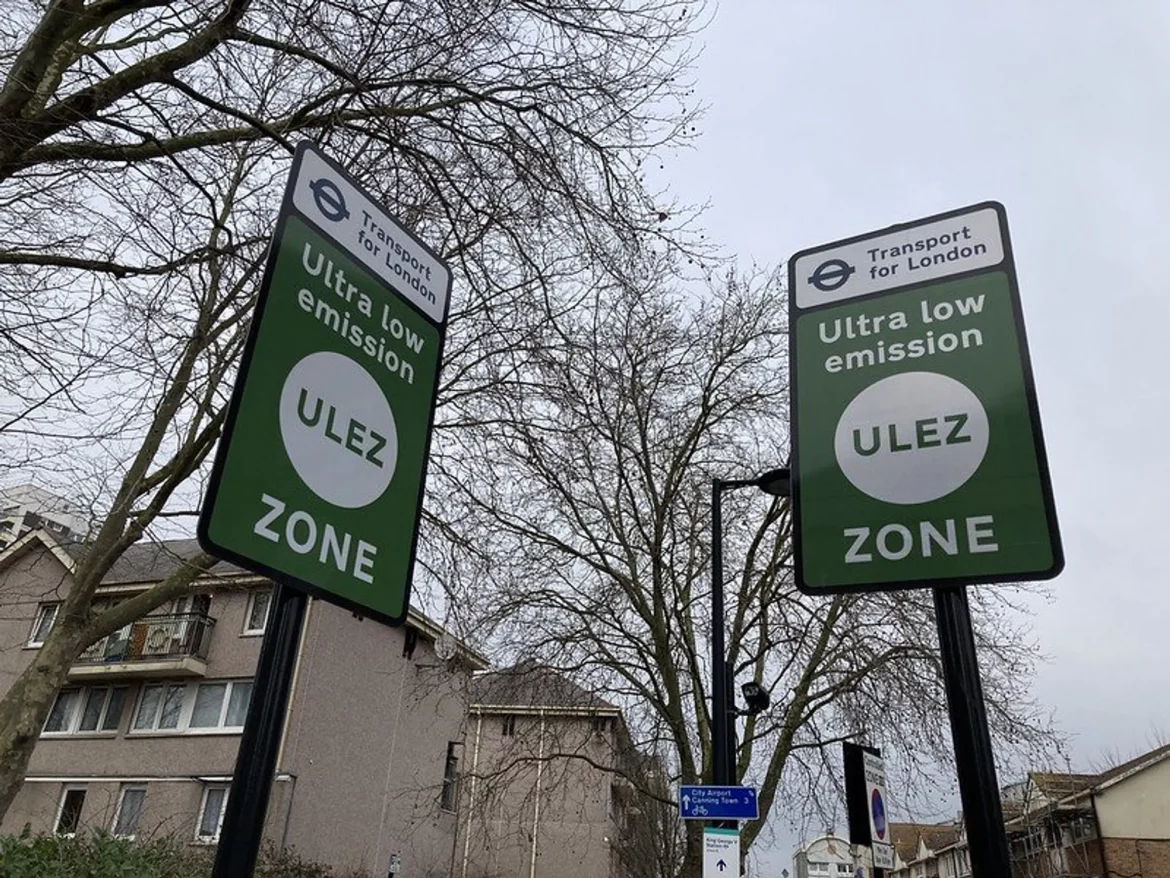A new analysis of the effects of the Ulez has shown that more toxic air pollution has been averted by London’s ultra-low emission zones than is produced by the capital’s airports or its river and rail transport combined.
The report showed that improvements in air quality between 2019 and 2022 from lowering motor vehicle pollution – even before the expansion of the Ulez throughout the capital since August – rivalled the potential savings from entirely cleaning up London’s aviation or industrial and commercial heat and power generation.
City Hall said that the report, which was commissioned from Logika Group Air Quality Consultants using Transport for London data, showed the effectiveness of Ulez policies in tacking pollution and underlined the reasons for extending the zone to cover the whole of London, as of 29 August.
Motorists must pay £12.50 a day to drive a non-compliant car – typically a diesel more than seven years old or a petrol car more than 17 years old – in the Ulez, which covered a small central zone when launched in 2019 and was expanded to inner boroughs in 2021.
Read also: Campaigners welcome plan to restore rainforest
Among other things, the report found that the Ulez and the pre-existing low-emission zone for HGVs reduced road traffic particulate matter (PM2.5) emissions by 180 tonnes across London over three years, a cut exceeding the particulate pollution produced by rail and river transport and agriculture combined.
Nitrogen oxides (NOx) emissions from road traffic fell by an estimated 13,500 tonnes in London in the same period – which the report says was a figure roughly equivalent to the emissions produced by planes taking off and landing at London Heathrow and City airports.
The figures are estimates and do not cover the period since the Ulez expanded throughout London. The first official data since the latest expansion showed that the number of older, more polluting vehicles in London had dropped by nearly half in a month, with an average 95% of vehicles driven in the city now compliant and not subject to a fee. Early data suggested TfL was netting £1m a day in charges and fines, although the scheme was not designed to raise revenue in the long term.
Reacting to the findings of the report, the London mayor, Sadiq Khan, said: “The decision to expand the Ulez was not something I took lightly but, when confronted by the evidence, it was clear that clean air zones like these are the most effective way to cut toxic air and meaningfully protect people’s health.
Story was adapted from the Guardian.
